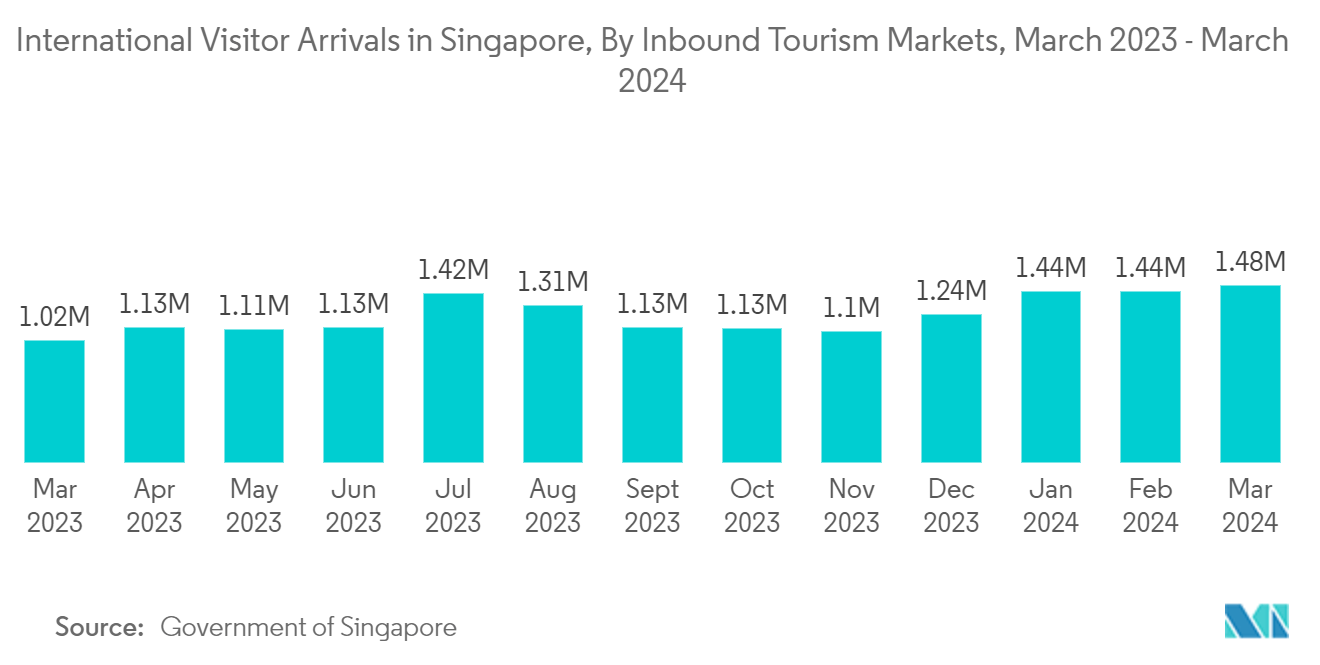Market Trends of Singapore Car Rental Industry
Tourism Sector Driving the Car Rental Market
The tourism sector has played a pivotal role in fueling the growth of the car rental market in Singapore. As a renowned travel destination, Singapore attracts millions of visitors annually, both for business and leisure purposes.
- In 2023, international tourist arrivals to Singapore more than doubled, surging to 13.6 million compared to the figure of 6.3 million in 2022.
This influx of tourists has created a significant demand for convenient and flexible transportation options, with car rentals becoming an increasingly popular choice.
Moreover, this growth in the tourism sector has led to an increase in business travel to Singapore. With the city's reputation as a global business hub, it hosts numerous conferences, exhibitions, and corporate events throughout the year. Business travelers often prefer the convenience and privacy of rental cars, enabling them to efficiently navigate between meetings, appointments, and other professional engagements.
The rise of the sharing economy and the popularity of ride-sharing services like Grab and Gojek have indirectly contributed to the growth of the car rental market in Singapore. While these services offer transportation alternatives for short-term needs, many tourists still prefer the autonomy and exclusivity provided by rental cars, especially for longer stays or when traveling in larger groups.

Online Booking Segment is Leading the Way
The online booking system has emerged as the leading booking type in the car rental market in Singapore, driven by the increasing adoption of digital technologies and the convenience it offers.
The widespread use of smartphones and the internet has facilitated the growth of online booking platforms. With a few taps on their devices, consumers can easily browse through various car rental options, compare prices, and make reservations from the comfort of their homes or while on the go. This convenience factor has made online booking systems highly appealing, as they eliminate the need for physical visits to rental offices or lengthy phone calls.
- In 2022, the mobile phone penetration rate in Singapore stood at 169.60% in 2022, compared to 152.70% in 2021.
Furthermore, online booking systems offer a wide range of payment options, including credit cards, mobile wallets, and other digital payment methods. This flexibility caters to the preferences of modern consumers, who increasingly favor cashless and contactless transactions. In addition, many online platforms provide the option to modify or cancel bookings, adding to the overall convenience and customer-centric approach.
Moreover, the integration of online booking systems with other digital services has further enhanced their appeal. For instance, some car rental companies in Singapore have partnered with travel booking platforms, allowing customers to bundle their car rental reservations with flight and hotel bookings. This level of integration streamlines the entire travel planning process, making online booking systems even more attractive to consumers.
By offering convenience, transparency, payment flexibility, and integration with other digital services, the online booking system has become the leading booking type in the car rental market in Singapore, catering to the evolving preferences of tech-savvy consumers and meeting the demand for seamless and efficient travel experiences.


